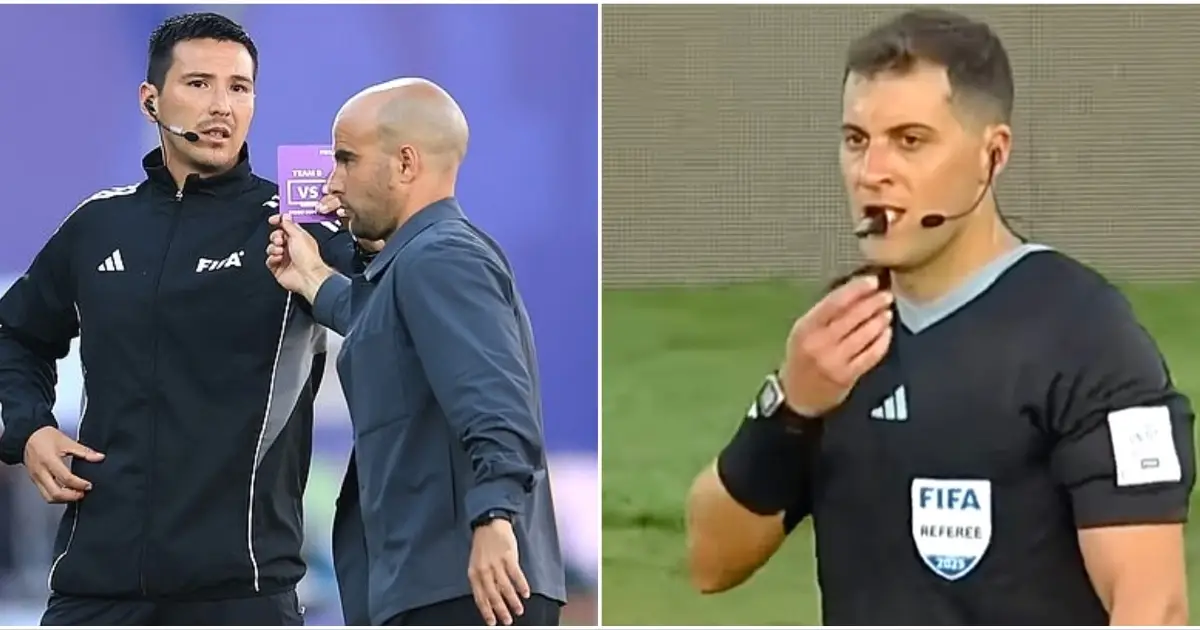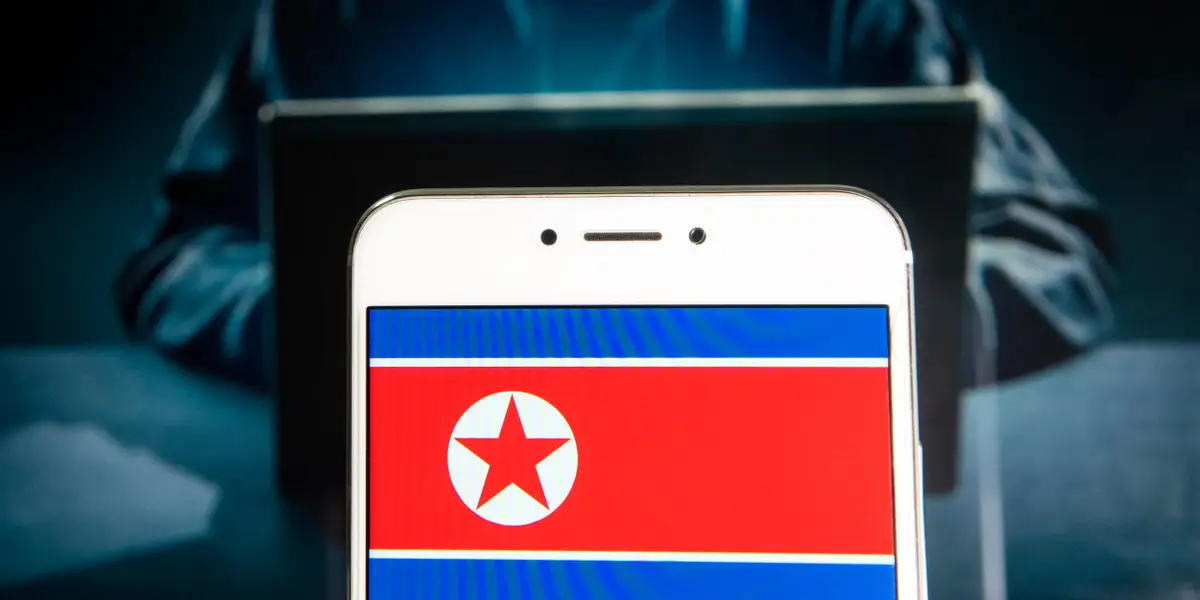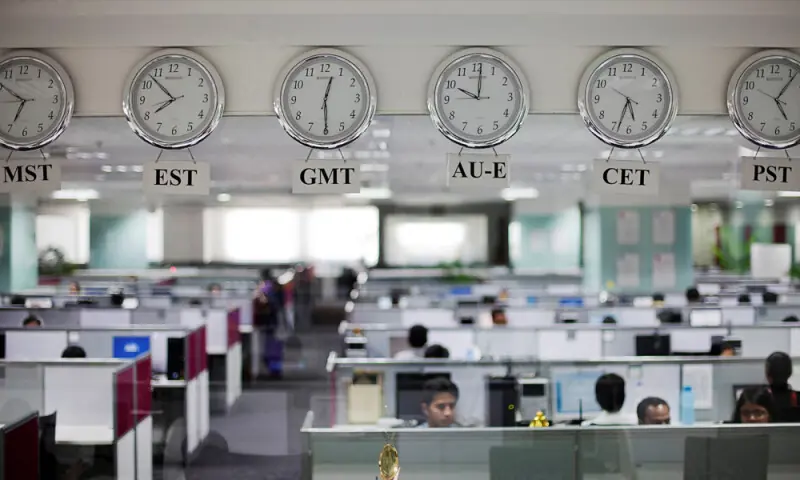
FIFA have been trialling new purple and blue cards for the first time at the FIFA Under-20 World Cup, with a purple one being used during Morocco’s 2-0 win over Spain this week. Yellow and red cards have long been part and parcel of football, but the sight of a purple card looked bizarre to fans everywhere.
What made it even more intriguing was that it wasn’t an official who produced the card. In the 77th minute, after a Spanish player went down in the box, Morocco head coach Mohamed Ouahbi raised a purple card, prompting the referee to head to the pitchside monitor and review the incident with VAR.
FIFA says the system is designed to improve fairness and reduce refereeing controversies. A similar innovation came in January 2023, when the first white card in football history was shown during a women’s match in Portugal, part of the country’s FA push to promote fair play and “improve ethical value in the sport.” But what exactly does a purple or blue card signify?
The idea behind the ‘green card’ (it’s official name, though different competitions use different colours, thus the Under-20 World Cup seeing purple or blue being used) is to allow head coaches the opportunity to challenge refereeing decisions and request VAR reviews – or Football Video Support (FVS) reviews in some tournaments – at a limit of two appeals every match.
Once a manager wishes to challenge the referee over a decision, they can show a green card to force the official to take a second look at the pitchside monitor. The challenge system mirrors similar scenarios in American football, basketball, cricket and tennis and gives referees another opportunity to review the incident. Watch FIFA’s explanation of FVS below:
Some 200 matches have already been played using FVS in Serie C, Italy’s third tier. Meanwhile, the system is also being rolled out in Brazil, with trials under way in the Copa Paulista (Sao Paulo state cup) and the women’s national cup, the Copa do Brasil Feminina. This all points towards it being a success early on.
“FVS is a tool to support referees in competitions with fewer resources and cameras. It should not be seen as VAR or as a modified version of it, as it does not include video match officials monitoring every incident,” said Pierluigi Collina, the chairman of the FIFA Referees Committee. “We’re very encouraged by the first results and look forward to helping our Member Associations benefit from this technology,”
Referees will still be advised to check the monitor for ‘clear and obvious’ errors involving goals, penalties and red cards, as they do currently do today within the framework of VAR, but this new system intends to give head coaches more influence over calls made throughout a game.



